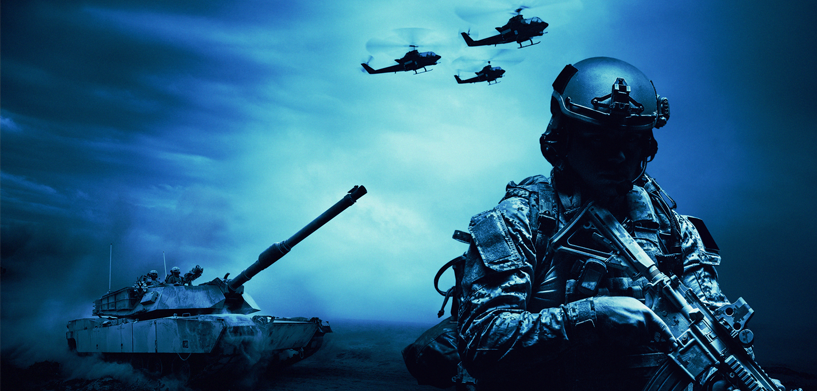The development of geospatial intelligence (GEOINT) has been a major boon for defense agencies across the globe. Military and intelligence agencies need detailed, up-to-date information about areas of conflict to assess situations, make informed decisions, and act. Even in times of peace, it benefits officials to track the locations of allies and enemies.
Indian defense and intelligence agencies have been catching up with this global modernization. The recent developments in the bordering areas have demonstrated the value of GEOINT. GEOINT can answer questions about when, where and how often particular activities occur, and it does so in a dynamic visual format that transforms raw data into actionable information.
Having timely, relevant and accurate imagery, geospatial information and products to process and support national security has become extremely important for India. Since dynamics on the ground require precise situational awareness and constant adjustments, having a full 360-degree view of the area of interest, in both 2D and 3D, becomes crucial.
Situational awareness and continuous area coverage
Situational awareness is critical for commanders, military personnel and border surveillance personnel, who must make quick decisions under high-pressure and high-stakes circumstances. A lack of proper mission planning and insufficient environmental detail can lead to unwanted outcomes in a challenging environment.
Technologies should support personnel by providing improved situational awareness and continuous coverage of the surrounding area. Comprehensive real-time 3D data intelligence the command and control centers make confident decisions, relieving some of the pressure on personnel in the field and increasing safety for response teams, military personnel and the countrymen they serve.
Making the most of data
Simple mapping and imagery are important, but they can never replace a detailed, analytical assessment of the operational environment. Security forces need be able to find the data that really matters amongst the whole bunch of Big Data. For comprehensive protection of the national border, a variety of sensors and devices — including drones, radars, radios, cameras, access control systems, motion detection devices, chemical and biological threat detection sensors, biometrics and other systems — are required. These security and defense systems should then link to information technology systems, visualization systems, geographic information systems (GIS), notification systems and intelligent analytics to provide complete security.
No matter how huge the influx of data, it must also be processed and then disseminated on a common platform. It’s vital that the information be presented on a single, robust platform — ideally GPU-accelerated for seamless performance.
Industry leaders like Hexagon have ready-made offerings like ERDAS IMAGINE, which is widely used for image processing in the defense realm. Once the images are processed, Hexagon’s customizable Luciad technology enables real-time situational awareness to support decision making.
Integrated technology
Hexagon’s support for interoperability ensures that on-ground solutions are effective. We integrate a wide range of third-party intrusion detection systems — such as radar, sensors, alarms and UAV feeds — with our GEOINT products and commercial off-the-shelf command and control software. Hexagon has empowered the Indian armed forces with a complete decision-support system for security and safety operations, including the tools they need to rapidly prepare, prevent, detect, assess, respond and recover — even in unprecedented situations. The technology Hexagon brings to the defense domain is trusted to do the job across the globe. Learn more about Hexagon’s work in the defense industry.
















